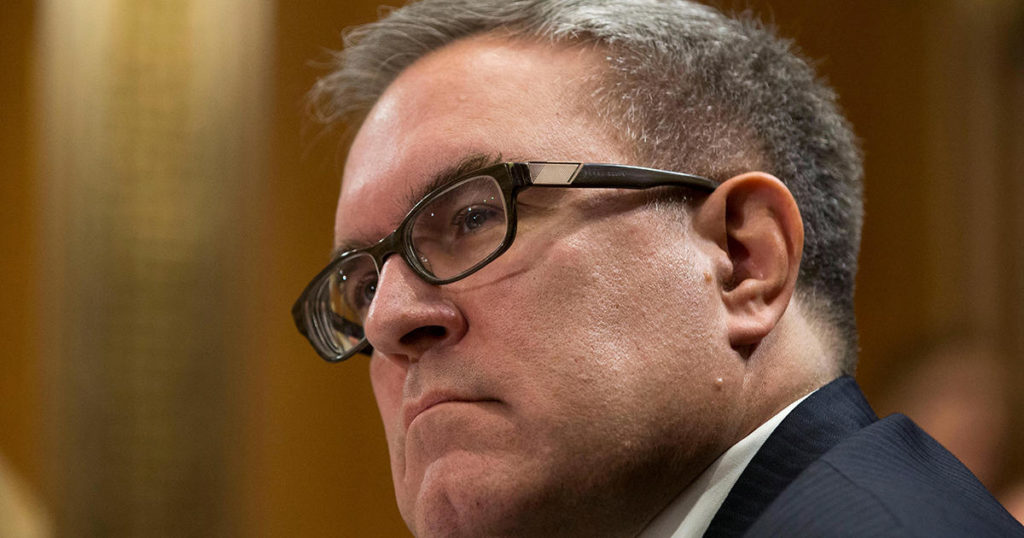Are You Sure That’s What You Want?
Automakers might get a federal “one national standard”…just not the one they seem interested in.

The Wall Street Journal reported today that the Trump administration will move to finalize its rollback of federal fuel economy and greenhouse gas emissions standards by the end of the year, and that, unlike the freeze previously proposed by the administration, the rule will require annual fuel economy improvements of 1.5 percent. That’s still much lower than what the Obama-era law requires but doesn’t amount to the full halt the initial so-called “SAFE Rule” proposed.
In some ways the shift isn’t surprising—EPA Administrator Andrew Wheeler already foreshadowed that a final rule might not fully freeze the Obama-era standards—but it does raise some interesting questions, especially for those automakers who have recently thrown their hats into the ring on the side of the Trump administration. (For other Legal Planet coverage on the intervention, look here, here, here, here, and here.) In my mind, one of the biggest is this: what happens if the administration wins the waiver battle, but loses the rollback fight?
Before saying more, I’ll note a couple of things up front. First, I think the Trump administration has an uphill battle to fight on waiver revocation. The EPCA preemption argument that is currently being litigated has already been rejected in federal court before, and the Clean Air Act provides no revocation authority at all. Second, an upheld waiver revocation would be hugely consequential in the long term, seriously impacting California’s, and other states’, capacity to fight smog pollution and climate change. Without the authority to regulate tailpipe GHG emissions, California would be seriously constrained in its ability to meet federal ambient air quality standards and GHG reduction targets. So I don’t mean to suggest in the slightest that the waiver revocation is not a big deal. It’s a HUGE deal.
But now that the federal rollback of fuel economy and tailpipe GHG standards will happen under separate cover, one possible outcome is that the rollback, when challenged, does not stand up to review under the Administrative Procedure Act. That’s not hard to imagine, either—the rule has taken an incredibly long time to get even close to finalization. The rollback was proposed over a year ago, and since then there have been multiple delays on the road to publication as the agencies grapple with the fact that the technical and economic analysis underpinning the proposed rule was riddled with inconsistencies and factual inaccuracies.
The Wall Street Journal article suggests that the agencies have now gone back and revised their analysis using new data modeling, and the incremental 1.5 percent increase may well be a way to attempt to provide better justification for the rule, in an effort to withstand the challenge that it is arbitrary and capricious. But serious questions will remain about the agencies’ rationale, especially given how extensive and well-supported the record on the Obama-era rule was, and the significant amount of technical and economic data that was submitted as part of this rulemaking record, by California and others, to demonstrate the continued feasibility of the Obama-era standards.
If the Trump administration’s rule fails to pass muster but California loses its Advanced Clean Cars waiver, automakers will be left with “one national standard”—but it will be the Obama-era “one national standard” in place now, which California, automakers, and the federal government agreed to years ago. But automakers who wanted compliance flexibility may find themselves worse off than they are today. California clearly indicated willingness to negotiate slightly relaxed standards for compliance when it entered into its agreement with four major automakers earlier this year. But if California loses its waiver authority, automakers will find themselves without the possibility any such negotiated flexibility—and instead, after the 2020 election, the possibility of a federal administration unwilling to give them any wiggle room on the federal standards, especially given that multiple automakers look to be ahead of the compliance curve for upcoming model years.
If what the intervening automakers—GM, Toyota, Fiat Chrysler, and others—were looking to get out of this whole mess was a slight tweak to the existing national program, throwing in behind the administration could be a bad gamble: they’ve burned their bridges with California, and the administration’s ill-conceived rule shouldn’t inspire much confidence. When you make a deal with the devil…
Reader Comments
One Reply to “Are You Sure That’s What You Want?”
Comments are closed.







test